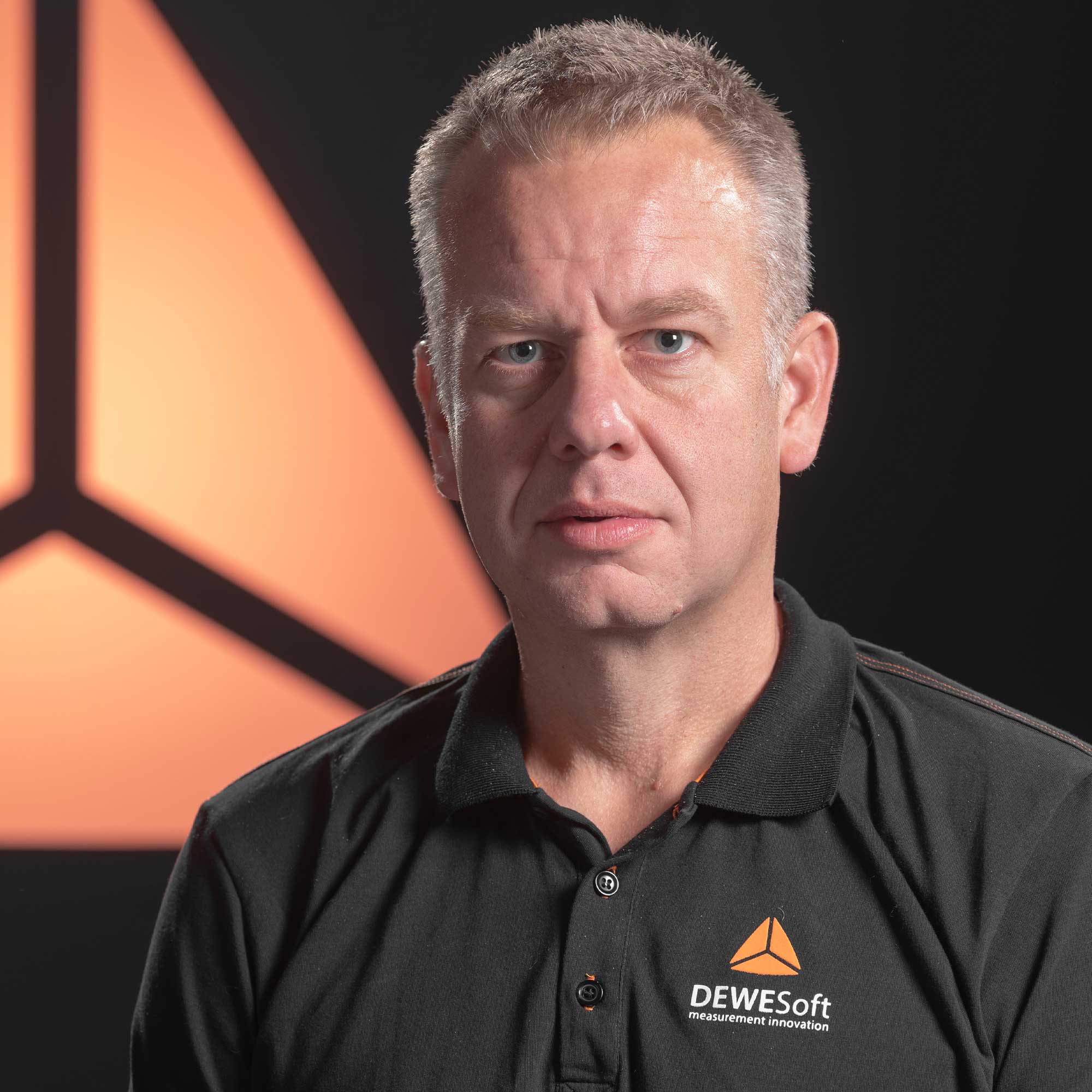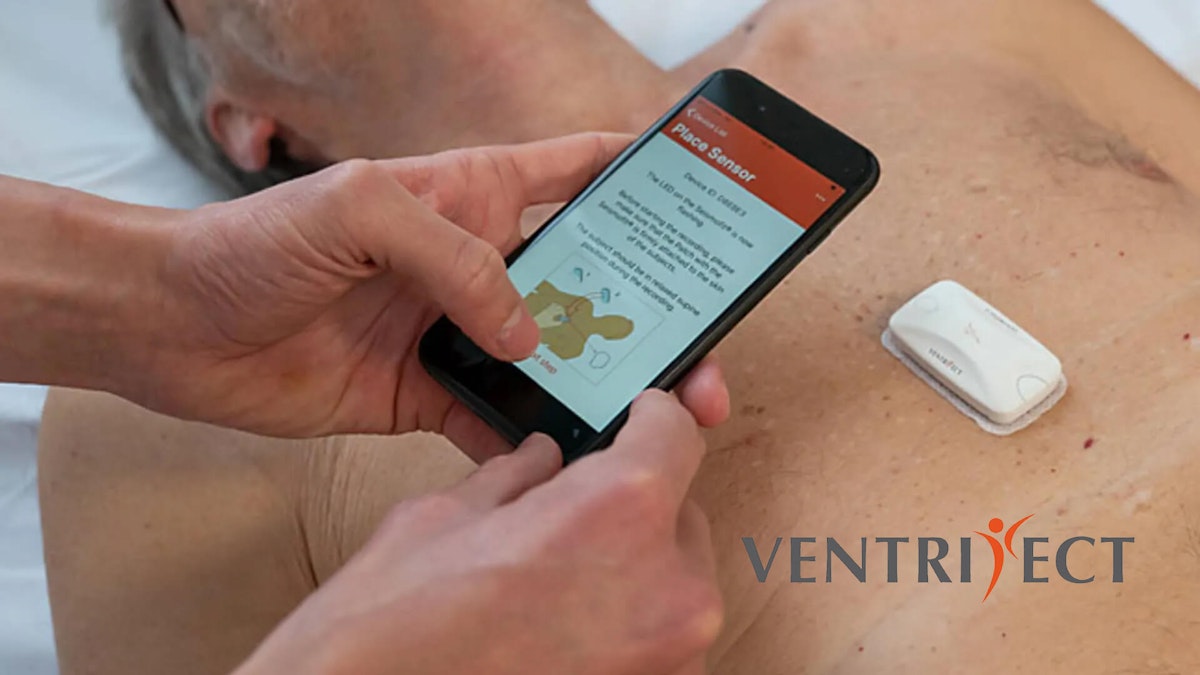Table of contents
Browse categories
Browse authors
 AB
ABAlberto Boffi
 AL
ALAlessia Longo
 AH
AHAl Hoge
 AB
ABAljaž Blažun
 BJ
BJBernard Jerman
 BČ
BČBojan Čontala
 CF
CFCarsten Frederiksen
 CS
CSCarsten Stjernfelt
 DC
DCDaniel Colmenares
 DF
DFDino Florjančič
 EB
EBEmanuele Burgognoni
 EK
EKEva Kalšek
 FB
FBFranck Beranger
 GR
GRGabriele Ribichini
Glacier Chen
 GS
GSGrant Maloy Smith
 HB
HBHelmut Behmüller
 IB
IBIza Burnik
 JO
JOJaka Ogorevc
 JR
JRJake Rosenthal
 JS
JSJernej Sirk
 JM
JMJohn Miller
 KM
KMKarla Yera Morales
 KD
KDKayla Day
 KS
KSKonrad Schweiger
Leslie Wang
 LS
LSLoïc Siret
 LJ
LJLuka Jerman
 MB
MBMarco Behmer
 MR
MRMarco Ribichini
 ML
MLMatic Lebar
 MS
MSMatjaž Strniša
 ME
MEMatthew Engquist
 ME
MEMichael Elmerick
 NP
NPNicolas Phan
 OM
OMOwen Maginity
 PF
PFPatrick Fu
 PR
PRPrimož Rome
 RM
RMRok Mesar
 RS
RSRupert Schwarz
 SA
SASamuele Ardizio
 SK
SKSimon Kodrič
 SG
SGSøren Linnet Gjelstrup
 TH
THThorsten Hartleb
 TV
TVTirin Varghese
 UK
UKUrban Kuhar
Valentino Pagliara
 VS
VSVid Selič
 WK
WKWill Kooiker
Simulation of the Human Heart Rate With Vibration Shaker and Function Generator

Heart failure is one of the most common heart diseases and late diagnosis means loss of life or quality of life, as well as increased societal costs. VentriJect has developed a small device for the estimation of cardiorespiratory fitness, a measure that, among others, describes the condition of the heart.
But to perform the quality control on the device they needed to effectively simulate the human heartbeat. Is it possible to simulate a human heartbeat using Dewesoft data acquisition products?

The VentriJect company
VentriJect is a Danish medical device spin-off company from Aalborg University that focuses on developing easy-to-use, non-exercise VO2-max estimation. VO2-max, also known as maximal oxygen uptake, is a measure of the maximum amount of oxygen a person can utilize. It is a fairly common measurement e.g. used to establish the aerobic endurance of an athlete.
VO2 max is the primary measure of a human’s Cardio-Respiratory Fitness (CRF) – the ability of the lungs and heart to supply oxygen to tissue and organs and eliminate carbon dioxide. The CRF is primarily determined by medical professionals using an ergometer, a device that measures work or energy expended during a period of physical exercise.
Measuring VO2-max is usually expensive, time-consuming and requires the subject to work until exhaustion. A task that is not possible for, for instance, elderly or overweight people and people with osteoporosis (porous bone disease).
However, this indication of Cardio-Respiratory Fitness can be done by seismocardiography, a recording of body vibrations induced by the heartbeat. The VentriJect method for indirect determination of VO2-max gives the opportunity for individualized determination of CRF, in all groups of people, quickly and without exercise.
The challenge - seismocardiography
VentriJect has developed a small device, VentriJect Seismofit, which can record the vibrations caused by the beating heart by measuring the vibrations transmitted to the chest.
The device adheres to the lower part of the sternum – the breastbone, the long flat bone located in the central part of the chest - and the recording takes less than 1 minute to perform and does not require the subject to perform any kind of exercise.
When the recording is done, the vibration signal is analyzed in the VentriJect cloud solution and an estimated VO2-max value is returned to the user and is visible on a smartphone.
Each heart has its own signature relating to the opening and closing of valves and the filling and contraction of the heart chambers (see figure 1. below). The peaks and valleys - fiducial points - of the signal have been proven, by multiple studies, to correlate to events in the cardiac cycle.
The figure below is a visualization of a normal SCG heartbeat from a healthy subject. The figure illustrates, among others, when the mitral valve closes (MC), the aortic valve opens (AO), the aortic valve closes (AC) and the mitral valve opens (MO). VentriJect uses information about the temporal distance of the fiducial points in the signal, the amplitude of certain events, and information about the frequency spectrum in a mathematical model for individual VO2-max estimation.
The VentriJect system furthermore includes an adhesive patch and communication to a smartphone. All in all, a fast, simple, and inexpensive method for determining potential heart failure.
As VentriJect records small vibrations in the range of 10-50 mg (= 0.001 g-unit), it is important that they can make extensive quality control of their component sourcing and make sure that the equipment always performs according to specifications.
VentriJect delivered a recorded signal from a human heart that showed how the heart was beating, could this recording be possible to replay as a reference signal driving a shaker and use this signal for quality control of the measuring devices that will be used on the human body.
Dewesoft was one of the only providers with the option to create such a recorded signal in the software and replay it on an analog output of a Sirius Data Acquisition system for controlling the shaker. We took on the challenge to see if this really could be done.
The simulation solution
To simulate the heartbeat, the customer applied:
Dewesoft SIRIUS data acquisition system with the analog output option
Dewesoft permanent magnet vibration shaker
DewesoftX data acquisition software offers a full-featured function generator with one or more analog outputs. It allows the definition and setting of all analog output channels which will be used by installed measurement hardware.
The first step was to import the signal to the DewesoftX function generator; it has the function “Arbitrary” where it is possible to insert your own signal by points.
This was done by copy-pasting the signal provided by VintriJect. Such copying can be done from Excel or from other similar editors.
As soon as the points are copied into the channel setup, it is possible to have a graphical view of the signal.
In measurement mode, it is then possible to start the output and control the frequency, amplitude, etc. while the shaker is running.
Conclusion
The Dewesoft solutions were able to simulate a heartbeat signal from a human heart on the shaker via unique data acquisition software and hardware.
Dewesoft has provided a way for us to not only make frequency and amplitudes sweeps with their shaker, but also mimic actual physiologic signals – a feature of the Dewesoft hardware that is absolutely crucial for us.
VentriJect can now be sure to send out measurement devices that have passed a quality control test with a signal simulating the closest possible to the beat of a real human heart.
Learn More:
